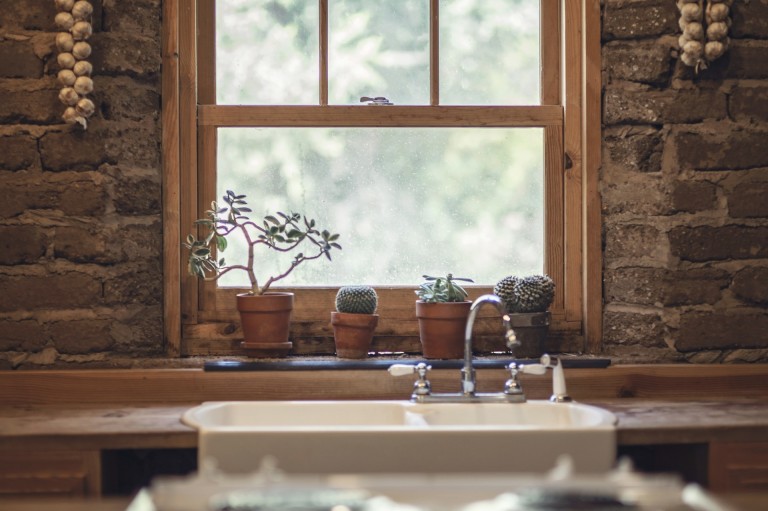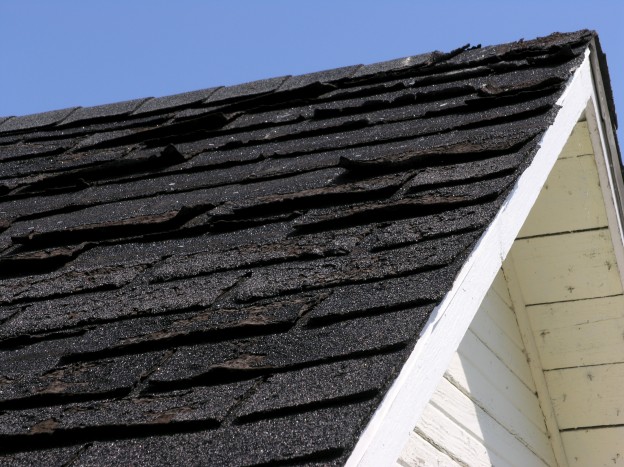
NASA is all about rocket ships. And satellites. And space exploration. So, what exactly does NASA know about the greenery in your home?
They actually know quite a bit.
That’s because NASA knows a thing or two about plants for air purification.
Back in 1989, NASA was thinking about their rocket ships, with closed air circulation, and the astronauts that would be inhaling and exhaling for months on end. Would sending plants to space help purify the air?
After teaming up with the Associated Landscape Contractors of America, NASA explored how common indoor plants might purify the air—specifically how they might help remove organic chemicals like benzene, trichloroethylene, and formaldehyde from the air, which is especially important because these volatile organic compounds (VOCs) are known carcinogens.
Their findings revealed how powerful plants are at cleaning up indoor air pollution, information that transfers well beyond the void of space and into cleaning up the air in our homes, office buildings, and other indoor spaces.
Keeping your windows open is one way to swap over the air in your home with outdoor air (also known as “air turnover”), but as we move into the colder months of fall and winter, keeping the windows open at home isn’t always an option.
When your house is sealed up like a rocket ship, these are the best indoor plants for air purification:
1. English Ivy

You may recognize English ivy growing on the outside of homes or trellising along picturesque collegiate buildings. In the NASA study, English ivy was a shining star. In addition to removing VOCs, English ivy is stellar at removing mold and fecal matter. In 2005, the American College of Allergy, Asthma, and Immunology presented a study on their findings after researching moldy bread and dog feces. After only six hours, there was a decrease in airborne-mold around the ivy and airborne feces in the air. As time continued, the air kept getting cleaner and cleaner.
The only downside about English ivy is that it is poisonous in nature, which is a no-no if the English ivy is within reach of your pets or small children. Placing English ivy in a high hanging location may be a solution.
It’s also important to note that in some instances, English ivy can cause dermatitis.
2. Snake Plants

The Snake Plant, otherwise known as “Mother-in-Law’s Tongue,” is another front runner for plants to keep at home that will help improve the quality of your air. What’s even better is that you don’t need a green thumb to keep a Snake Plant alive. Snake Plants are very low maintenance, yet they still filter formaldehyde, trichloroethylene, xylene, toluene, and benzene. While most plants take in oxygen at night, a Snake Plant gives off oxygen at night. Some say keeping Snake Plants in your bedroom is one way to capitalize on that oxygen exchange.
3. Areca Palm

The Areca palm, otherwise known as the “Butterfly Palm,” is another shining example of nature’s exceptional air filtration. The Areca palm removes more toluene (found in paint thinners, nail polish removers, glues, and correction fluid) and xylene (a solvent in printing, rubber, and leather industries) than any other plant. Plus, the Areca palm emits high volumes of water vapor, a wonderful gift in areas like office spaces where the air can be very dry – especially during cold months.
4. Rubber Plant

A top concern for some homeowners is the amount of light their homes receive for plants to thrive. Rubber plants don’t mind dim conditions, which is one reason why they have been growing well inside homes since the Victorian era. The height of a rubber plant may surprise you – they can grow to be eight feet tall! So, if yours keeps ascending, you’ll want to get some stakes for added support.
There are a lot of benefits to keeping indoor plants around the home. Know that adding greenery helps increase the air purity, but also that house plants help decrease stress and have been known to improve overall health, including making people feel happier and acting as a mood stimulant.


